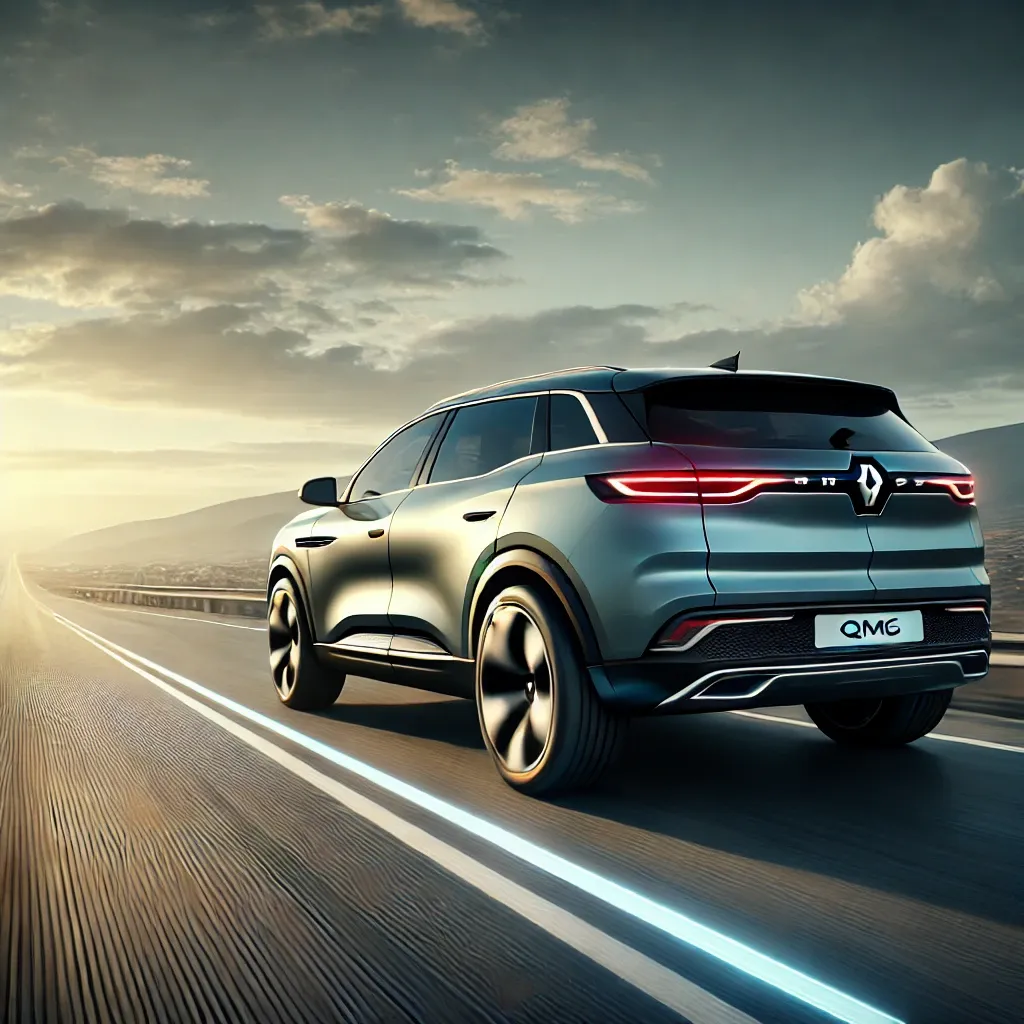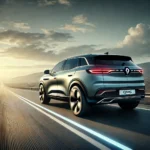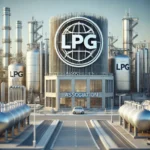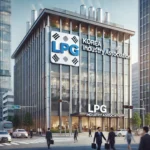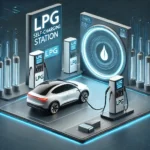Wondering about the fuel economy of the Renault QM6 LPG? Curious about how much it costs to maintain or how efficient its fuel consumption is? Dive into our comprehensive guide to discover all the details you need to know about the QM6 LPG’s performance, maintenance, and efficiency.
QM6 LPG Fuel Economy
The Renault QM6, with its LPG (Liquefied Petroleum Gas) variant, has gained significant attention for its efficient fuel economy. This model combines the practicality of an SUV with the cost-effective fuel usage of LPG, making it an appealing choice for environmentally conscious drivers who are looking to save on fuel costs.
LPG fuel consumption in the QM6 is notably lower compared to traditional gasoline or diesel variants. Here are some key insights into its fuel economy:
Key Features of QM6 LPG Fuel Economy:
-
Efficiency in City and Highway Driving:
The QM6 LPG offers a balance between city and highway fuel efficiency. In urban areas, it consumes approximately 9–11 liters per 100 km, while on highways, it can go up to 8 liters per 100 km. -
Low CO2 Emissions:
LPG is known for being more environmentally friendly than gasoline, emitting fewer greenhouse gases and particulate matter. The QM6 LPG provides reduced CO2 emissions compared to conventional fuel variants. -
Cost Savings:
LPG is generally more affordable than gasoline or diesel, which leads to significant cost savings over time. For example, drivers of the QM6 LPG may save up to 30% in fuel costs annually, depending on usage. -
Fuel Tank Capacity:
The QM6 LPG has a fuel tank capacity of about 72 liters, which is enough for long drives without frequent refueling stops. This large tank also contributes to a lower frequency of fuel station visits. -
Optimized Engine Performance:
The vehicle’s engine is optimized to run on LPG, providing good power output while maintaining fuel efficiency. This makes it an excellent choice for long-distance travelers and city commuters alike.
How to Optimize the Fuel Economy of Your QM6 LPG:
-
Regularly monitor tire pressure to ensure optimal fuel efficiency.
-
Perform regular engine tune-ups to keep the fuel system clean.
-
Avoid aggressive driving habits such as rapid acceleration and hard braking.
By taking these steps, you can ensure that the fuel economy of your QM6 LPG remains optimal.
Learn more about QM6 LPG fuel economy
QM6 LPG Fuel Consumption
When considering fuel consumption, the Renault QM6 LPG offers a distinct advantage over traditional gasoline vehicles. The efficiency of the LPG engine ensures that the vehicle’s fuel consumption remains within a reasonable range while still offering the convenience and comfort of a larger SUV.
Key Aspects of QM6 LPG Fuel Consumption:
-
Optimized for Urban and Rural Roads:
On city roads, the fuel consumption can reach up to 11 liters per 100 km, which is quite competitive for an SUV. For long-distance drives, it can drop to around 8–9 liters per 100 km, making it highly efficient for highway travel. -
LPG Usage in Cold Weather:
One common concern with LPG vehicles is their performance in colder climates. Fortunately, the QM6 LPG is designed with heating systems that help maintain smooth engine operation even during colder months. -
Fuel Economy vs. Diesel Variants:
When compared to the diesel versions of the QM6, LPG offers better fuel consumption, especially in terms of lower operating costs. The total cost per kilometer is significantly reduced, making the LPG model an attractive choice for those aiming to lower their running expenses. -
Fueling Process:
Refueling with LPG is similar to refueling a regular gas-powered vehicle, but it often takes a bit longer at the pump. Many drivers find the trade-off worth it because of the long-term savings. -
Average Cost per Kilometer:
The average cost per kilometer for the QM6 LPG is lower compared to gasoline or diesel vehicles, making it a cost-effective option for frequent travelers.
Ways to Lower Fuel Consumption:
-
Use the vehicle for shorter trips as much as possible to prevent excessive fuel usage.
-
Use cruise control on highways to maintain a steady speed, reducing fuel consumption.
-
Consider hybrid driving techniques to optimize fuel usage.
Explore more on QM6 LPG fuel consumption
QM6 LPG Maintenance Cost
Maintaining a vehicle that runs on LPG is often seen as a cost-effective option, but it’s essential to understand the unique maintenance needs of the QM6 LPG. While LPG engines tend to have fewer wear-and-tear issues than traditional gasoline engines, regular care is still required to ensure longevity and performance.
Factors Affecting Maintenance Costs of QM6 LPG:
-
LPG System Maintenance:
The LPG system requires periodic inspections and maintenance to ensure that the fuel system remains efficient. Typically, the LPG system needs to be serviced every 20,000–30,000 km. -
Engine Oil and Filter Changes:
Like any vehicle, the QM6 LPG requires regular oil and filter changes. The frequency of oil changes might be higher in LPG vehicles due to the type of fuel used. Expect to change the oil every 5,000–7,500 km to keep the engine running smoothly. -
LPG Tank Inspection:
The LPG tank should be inspected regularly to ensure there are no leaks or issues. This inspection is often required every few years, and while the costs can vary, it’s a crucial part of maintaining the vehicle’s safety. -
Long-Term Savings on Fuel System Repairs:
Because LPG burns cleaner than gasoline, the engine components are less likely to suffer from carbon build-up, leading to fewer engine repairs over the life of the vehicle. -
Comparing Maintenance to Gasoline Variants:
The maintenance costs for the QM6 LPG are generally lower than for gasoline variants, as LPG engines are simpler and less prone to certain types of damage.
Tips for Reducing Maintenance Costs:
-
Stay proactive with regular inspections of the LPG system.
-
Avoid using low-quality LPG, as it can increase maintenance costs.
-
Stick to manufacturer-recommended service intervals to avoid costly repairs down the road.
Get more information about QM6 LPG maintenance
Conclusion
The Renault QM6 LPG is an excellent choice for those seeking a fuel-efficient, cost-effective vehicle. With its impressive fuel economy, reduced fuel consumption, and relatively low maintenance costs, it stands out as a viable alternative to traditional gasoline and diesel-powered vehicles. By following the tips provided in this article, you can ensure that your QM6 LPG remains in optimal condition, saving both money and the environment.
As technology continues to evolve, the future of LPG-powered vehicles, including the QM6, looks promising, with improvements in efficiency and maintenance systems on the horizon. If you’re looking for a vehicle that blends practicality with sustainability, the QM6 LPG is definitely worth considering.

